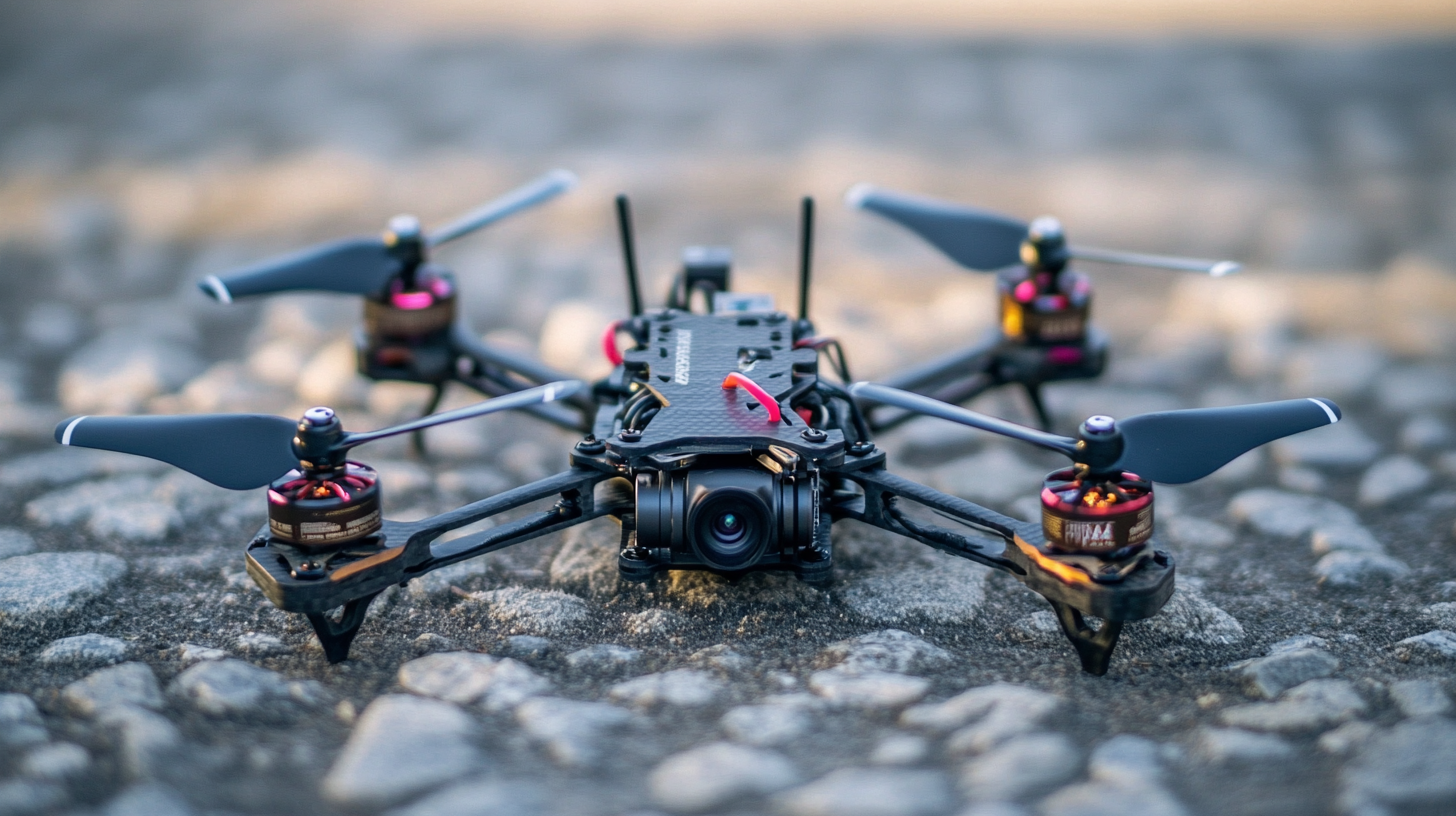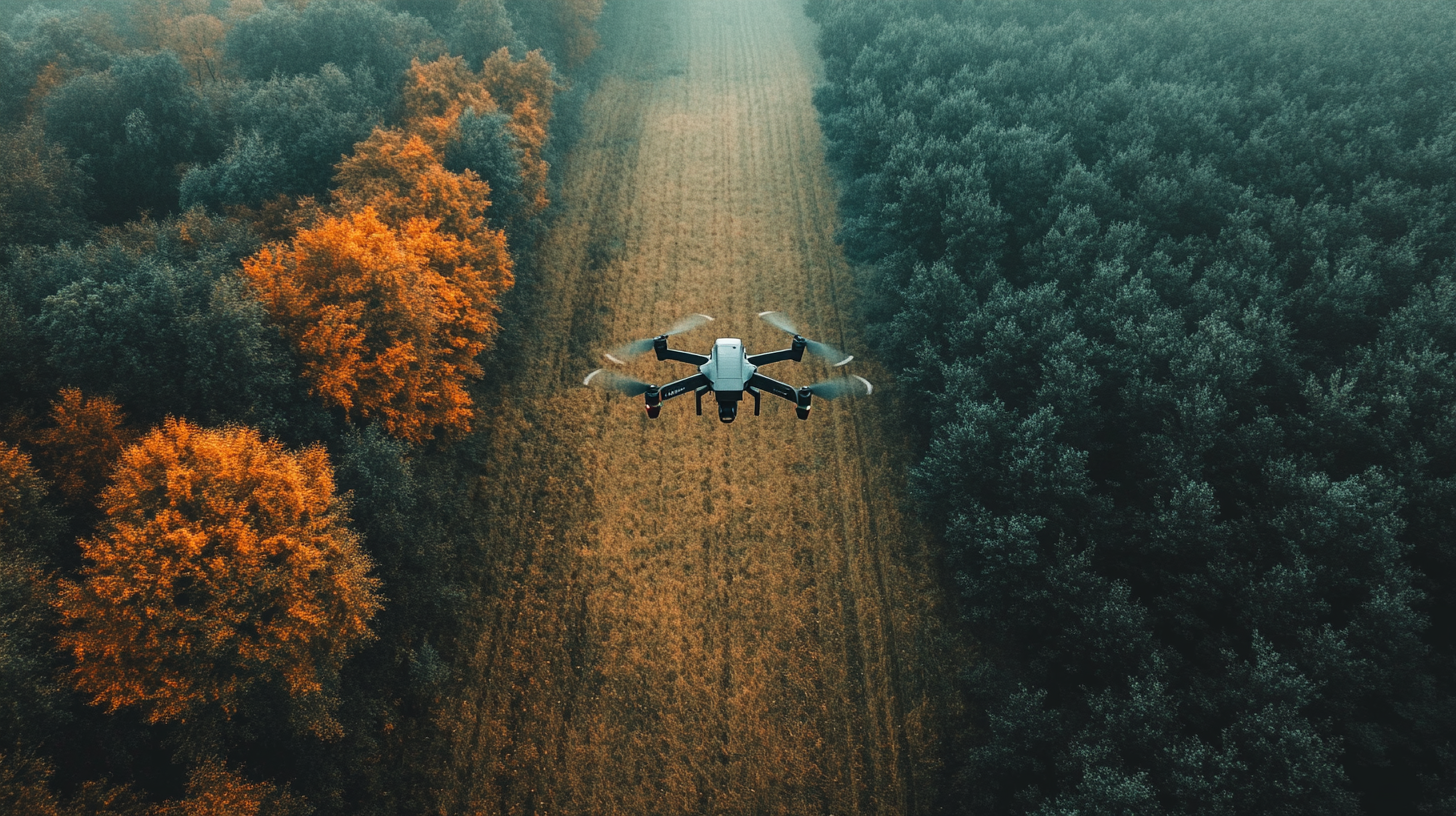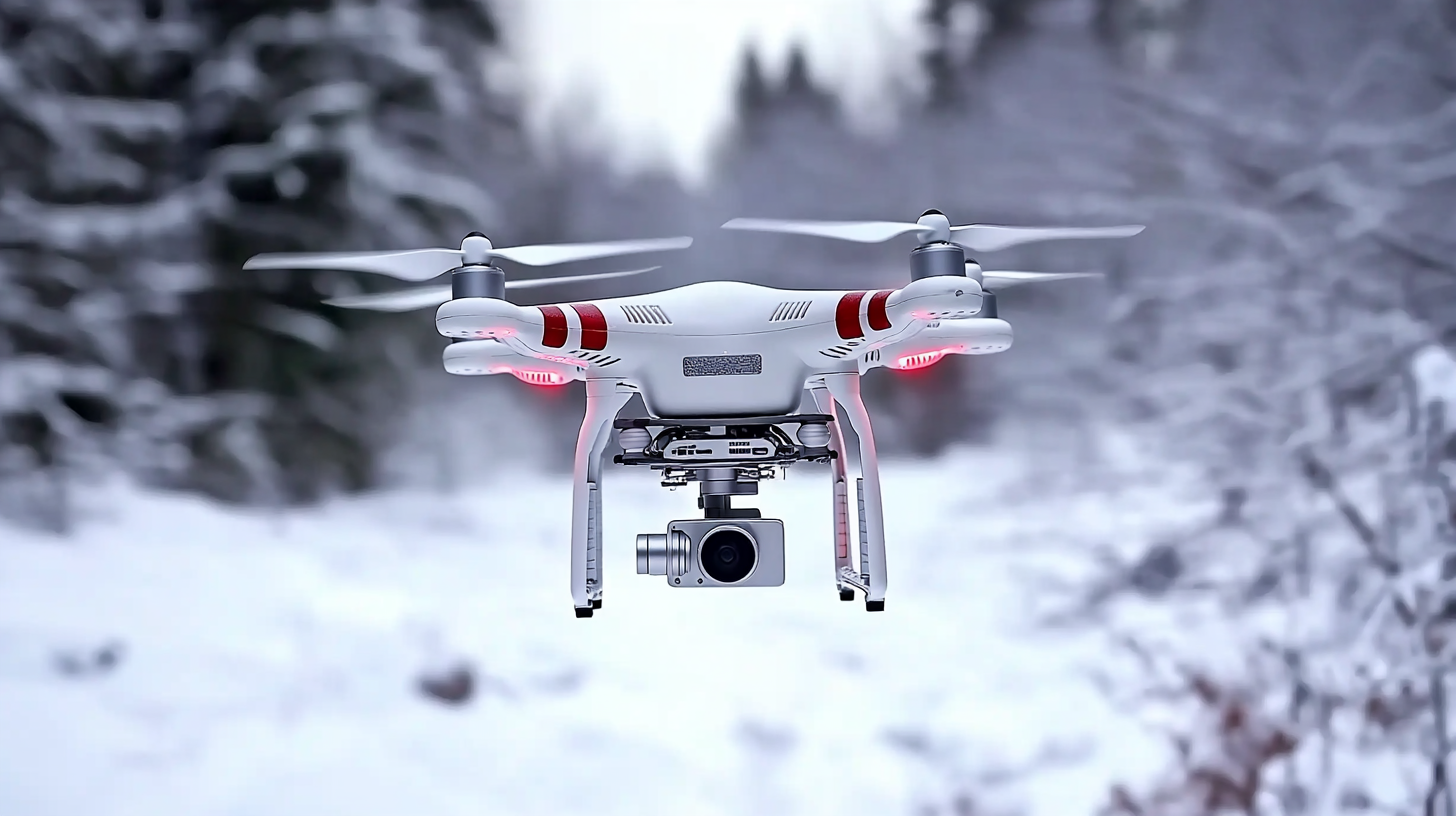5 Smart Strategies to Evaluate Drone Price Dji
In recent years, the drone market has experienced explosive growth, with the global industry projected to reach $43 billion by 2024, according to a report by ResearchAndMarkets. As consumers and professionals alike increasingly embrace unmanned aerial vehicles for various applications, evaluating their prices becomes crucial. Among the myriad options available, "Drone Price Dji" stands out as a focal point due to DJI's dominant market share, which exceeds 70% of the consumer drone segment as reported by Skylogic Research. This prevalence underscores the need for savvy strategies to assess the value of DJI products effectively. The intricacies of drone pricing can be influenced by factors such as technological advancements, features, and market demand, making it essential for buyers to adopt a calculated approach to ensure they receive the best return on their investment. In this blog, we will explore five smart strategies to evaluate drone prices, specifically focusing on DJI models.

Understanding the Factors Influencing DJI Drone Pricing
When evaluating the price of DJI drones, it's crucial to understand the various factors that influence their pricing. One primary determinant is the technological advancement integrated into the drone. According to a 2022 report by Drone Analyst, drones equipped with advanced features such as 4K cameras, obstacle avoidance, and enhanced battery life can significantly elevate the price. For instance, the DJI Mavic 3, boasting advanced imaging technology, has a price point exceeding $2,000, compared to more basic models that start around $500.
Market demand also plays a pivotal role in DJI drone pricing strategies. Research from the Federal Aviation Administration (FAA) indicates a sharp increase in drone usage across various sectors, including agriculture, real estate, and delivery services. As demand grows, prices can fluctuate based on supply and competition. Notably, DJI often adjusts its pricing based on market trends, seasonal demand, and consumer feedback, which further complicates the evaluation process.
Lastly, geographic considerations impact pricing as well. Differences in shipping costs, local taxes, and import duties can lead to variations in how much consumers ultimately pay. For instance, a DJI drone that is more readily available in the United States may cost significantly less than the same model in a country where import tariffs are higher. Understanding these elements is essential for consumers aiming to make informed purchasing decisions regarding DJI drones.
Understanding DJI Drone Pricing Factors
Comparing Specifications and Features for Value Assessment
When evaluating the price of drones, particularly those from leading brands, a crucial aspect to consider is the comparison of specifications and features. Drones today not only serve the purpose of aerial photography but are also increasingly utilized across various domains, including healthcare and emergency response. For instance, the integration of deep learning in imaging technologies like CT scans has been transformative, offering remarkable capabilities in diagnostics. Similarly, when assessing drones, features such as camera quality, flight time, and smart capabilities can significantly impact their market value.
According to industry reports, the global drone market is projected to reach approximately $40 billion by 2026, driven by advancements in technology and an increase in commercial applications. This growth suggests a correlation between drone features and pricing. Features such as GPS precision, stability in flight, and artificial intelligence functionalities can enhance the overall utility of the product, making it essential for potential buyers to conduct thorough evaluations. Understanding the specifics, such as sensor resolution and battery life, can help consumers make informed decisions and derive greater value from their investments in drones.
Market Trends: How Competition Affects DJI Drone Prices
The drone market has become increasingly competitive in recent years, with numerous brands vying for consumer attention and market share. DJI, as a leading player in the drone industry, has faced significant pressure from emerging competitors. This competition impacts pricing strategies, as manufacturers strive to offer more attractive options to potential buyers. With companies introducing advanced technology and innovative features at lower price points, DJI is compelled to reevaluate its pricing models to maintain its market dominance.
Market trends reveal a shift in consumer expectations influenced by these competitive dynamics. Buyers are becoming more price-sensitive, often comparing features and specifications across various brands. As a result, DJI is responding not only by adjusting prices but also by enhancing its product offerings with unique features and superior quality. This strategic approach helps DJI to differentiate itself in a saturated market while remaining responsive to changing consumer needs. Consequently, potential buyers must stay informed about these market fluctuations to make calculated decisions when evaluating the price of DJI drones.

The Role of Accessories and Bundles in Pricing Strategy
When evaluating the price of drones, particularly those from specific brands, it's essential to consider the role of accessories and bundles in the pricing strategy. Recent industry insights indicate that bundling products can effectively enhance perceived value and increase sales. For instance, research shows that offering bundled items can lead to a 20-30% increase in average order value, making it a popular tactic among retailers.
Additionally, the accessories market is thriving, spurred by a growing demand for various supplementary items. Notably, accessories often account for up to 40% of total sales in consumer electronics sectors, showcasing their significance in pricing strategies. This trend is evident, as price adjustments on essential accessories can impact the overall cost of owning a drone, potentially leading to price hikes due to tariffs or supply chain disruptions as observed recently in the electronics market. By understanding how bundles and accessories influence pricing, consumers can make informed decisions when purchasing drones, ensuring they receive the best value for their investment.
Evaluating Long-term Costs Beyond the Initial Purchase Price
When evaluating the long-term costs associated with purchasing a drone, it is crucial to look beyond the initial purchase price. Just like the complexities involved in cloud computing costs during digital transformation, drone ownership involves various recurring expenses. These may include maintenance fees, battery replacements, and software updates, all of which can substantially impact the overall cost over time. Businesses need to conduct a thorough cost-benefit analysis to ensure that the investment in drone technology delivers value in the long run.
Furthermore, comparing the operational costs of drones versus traditional delivery methods can provide critical insights. Studies suggest that drones can offer a more cost-effective solution for last-mile delivery, especially in rural areas, where they often exhibit lower emissions compared to trucks. As sustainability becomes a significant factor in decision-making, understanding these distinctions can aid in evaluating the true cost of ownership and the potential savings that come from reduced operational footprints. By carefully considering these aspects, potential buyers can make more informed decisions that align with both their financial and environmental goals.
